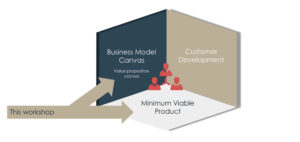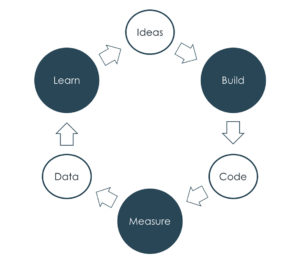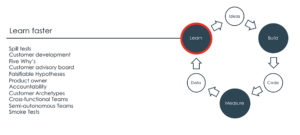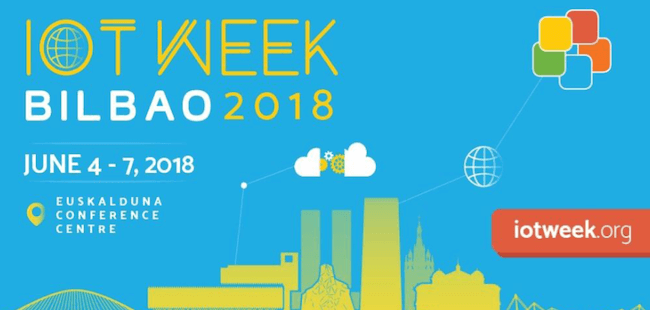The Lean Startup methodology is based on three pillars:
- Business Model Canvas or Value Proposition Canvas (Learn)
- Minimum Viable Product (Build)
- Customer development (Measure)
This is what we have been teaching in our workshops, but we’ll make sure you can also read about these topics in our blog series #LearnWithMerlin.

One of the key tools for entrepreneurs to follow is the Lean-Build-Measure cycle, which encompasses the main Lean Startup methodology idea – gathering customer data and clarify own idea (Learn), building or improving the product based on the data (Build) and testing it with customers (Measure). Based on the test results, the company can pivot or persevere – either change the product or continue with the same goals (Learn).
The picture bellow illustrates the Learn-Build-Measure cycle.

Before starting the „Build“ part entrepreneurs need to fully understand their customers, what problems they are facing and how the product will help the customer. The „Learn“ part also ends the cycle – at this stage all data should have been collected and some conclusions should have been drawn from it. This part is about making the decision of either pivoting (changing the product) or persevering (continue reaching the same goals).
When do I have to pivot?
The experiment refuted your hypothesis, but you’ve still gained valuable knowledge about what doesn’t work. You can reset, or correct your course and repeat the loop, using what you’ve learned to test new hypotheses and carry out different experiments. You can pivot in various ways. For example, you could develop a single feature from your MVP (called “zoom-in pivoting”) or focus on a different type of customer (“customer segment pivoting”). Or, you could try delivering through a new channel (“channel pivoting”) or use a single feature as the basis of a different product (“zoom-out pivoting”).
When do I persevere?
Your hypothesis was correct, so you decide to press on with the same goals. You repeat the feedback loop to continuously improve and refine your idea. Even though your idea has achieved sufficient initial success to persevere with it, bear in mind that your next iteration may not do so. Be prepared to pivot in the future.


Recent Comments